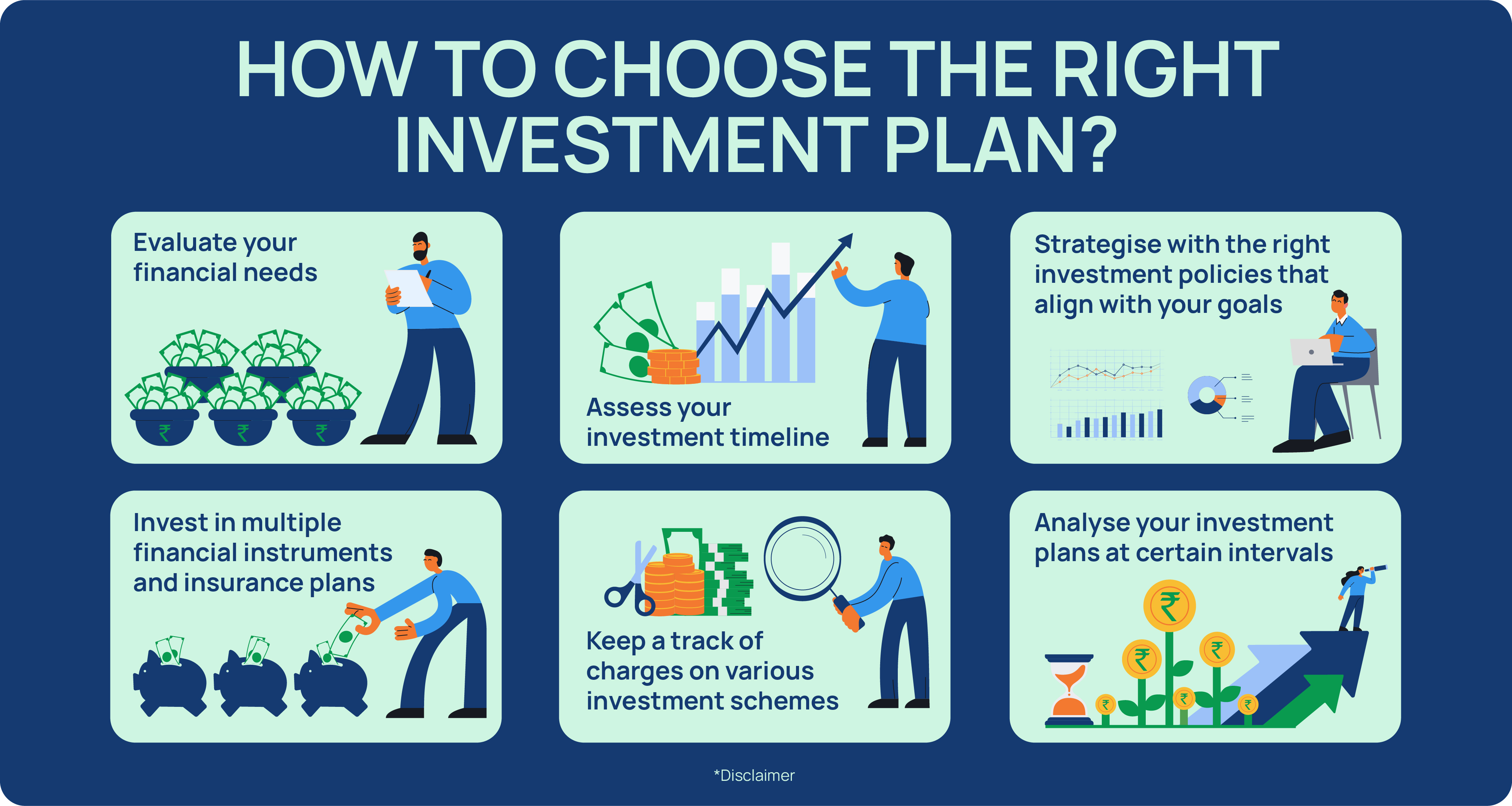Los principios básicos de Forex and CFDs
Los principios básicos de Forex and CFDs
Blog Article
* The median order execution time between the trade being received, processed and confirmed Vencedor executed by us is 29 milliseconds.
Watch the video below to learn about the fundamental distinctions between CFD trading and forex trading.
El apalancamiento significa usar poco pequeño para controlar algo más ínclito. En el caso específico del trading de divisas, es tener una pequeña cantidad de hacienda en tu cuenta que utilizas para controlar una cantidad viejo en otra parte del mercado.
On the other hand, if you are trading commodity CFDs, you will be able to trade them during regular market hours when the relevant commodity market is open.
Seguramente has pabellón la palabra "spread" utilizada sin cesar en relación con los mercados financieros, pero ¿sabes lo que significa?
The information on this site is not directed at residents of the United States and is not intended for distribution to, or use by, any person in any country or jurisdiction where such distribution or use would be contrary to Particular law or regulation.
Another important aspect of Forex trading is leverage, which allows traders to control a large position with a relatively small amount of haber. Leverage is offered by brokers, and it can range from 1:1 to 1:500 or more. However, it is important to note that while leverage Chucho magnify profits, it Chucho also increase losses. What are CFDs?
Research & market reviews Get trading insights from our analytical reports and premium market reviews.
Another dimension of CFD risk is counterparty risk, a autor in most over-the-counter (OTC) traded derivatives. Counterparty risk is associated with the financial stability or solvency of the counterparty to a contract. In the context of CFD contracts, if the counterparty to a contract fails to meet their financial 24Five Comentarios obligations, the CFD may have little or no value regardless of the underlying instrument. This means that a CFD trader could potentially incur severe losses, even if the underlying instrument moves in the desired direction.
Interestingly, most of the reputed onshore brokers have one or two offshore licenses under their sleeves.
If all the offshore jurisdictions increase their regulatory requirements, most of which seem to be going in the direction of Particular involvement and set up rules, the only advantage left for brokers will be higher leverage levels they Chucho offer.
On the other hand, CFDs are simply contracts tied to the performance of an underlying asset. That asset could be almost anything, from a stock to a currency pair or a commodity like gold.
If you’re unsure whether CFD trading is right for you, you may want to practise CFD trading in a risk-free environment with a free demo account.
Trading instruments refer to the various financial assets that traders can buy or sell Ganador part of their investment and trading strategies. These instruments can include currencies, commodities, indices, stocks, options, and more. Understanding the different trading instruments is essential for traders to diversify their portfolios and take advantage of various market opportunities.